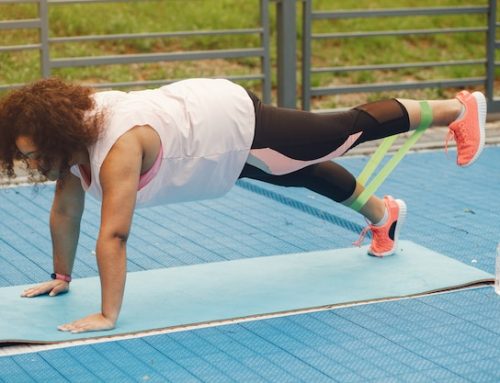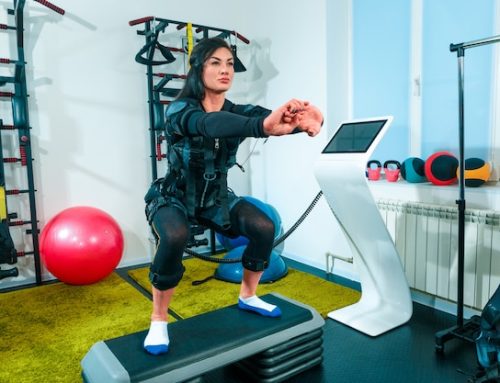The Benefits of High-Intensity Interval Training
High-Intensity Interval Training, commonly known as HIIT, is a type of exercise that involves short bursts of intense activity, followed by periods of rest or low-intensity exercise. The popularity of HIIT has grown significantly over the years, owing to its efficiency and effectiveness in helping people burn fat and improve their overall fitness levels.
With HIIT, the body is pushed to its limits, and this results in a greater calorie burn than traditional cardio exercises. While cardio exercises like running and cycling are great for boosting cardiovascular health, they may not be as effective as HIIT when it comes to burning fat.
Does HIIT Burn Fat More Than Cardio?
This is a question that many people who are looking to lose weight ask. The answer is yes, HIIT burns fat more than cardio. HIIT workouts increase your metabolic rate, which means that your body burns more calories both during and after the workout. This effect is known as excess post-exercise oxygen consumption (EPOC).
EPOC is the amount of oxygen required to restore your body to its resting state after a workout. HIIT workouts cause a greater EPOC than traditional cardio exercises, which means that you will continue to burn calories even after you have finished exercising.
A study conducted by the American College of Sports Medicine found that HIIT burns more calories than traditional cardio exercises. The study involved a group of participants who burned 400 calories in a traditional cardio workout and another group who burned 400 calories in a HIIT workout. The HIIT group burned more calories overall, even though the duration of the workout was shorter.
The Science of HIIT
HIIT involves short bursts of high-intensity exercise, followed by brief periods of rest or low-intensity exercise. The goal is to push your body to its limits during the high-intensity exercises, and then allow it to recover during the rest periods. This cycle is repeated several times during the workout.
During the high-intensity exercises, your body uses its anaerobic energy system, which does not require oxygen. This system is used for short bursts of intense exercise, like sprinting, weightlifting, and jumping. The anaerobic system is more efficient than the aerobic system, which is used during traditional cardio exercises.
The aerobic system relies on oxygen to produce energy, and it is used during activities like running, cycling, and swimming. While the aerobic system is great for improving cardiovascular health, it is not as effective as the anaerobic system when it comes to burning fat.
The Benefits of HIIT
There are several benefits of incorporating HIIT into your workout routine. These include:
1. Burns Fat – As we have already discussed, HIIT is more effective than traditional cardio exercises when it comes to burning fat. It also helps to increase muscle mass, which can further boost your metabolism.
2. Saves Time – HIIT workouts are typically shorter than traditional cardio workouts, making them a great option for people who have busy schedules.
3. Improves Cardiovascular Health – Despite not relying solely on the aerobic system, HIIT workouts can still help to improve cardiovascular health.
4. Increases Endurance – The short bursts of high-intensity exercise during HIIT workouts can help to increase endurance.
5. Can Be Done Anywhere – HIIT workouts can be done anywhere, as they often do not require any special equipment.
Sample HIIT Workout
If you are new to HIIT, it is important to start slowly and build up your endurance over time. Here is a sample HIIT workout that you can try:
1. Warm-up for 5-10 minutes with light cardio exercise like jogging or jumping jacks.
2. Do 30 seconds of high-intensity exercise like sprinting, followed by 30 seconds of rest.
3. Repeat step 2 for a total of 8-10 cycles.
4. Cool down with 5-10 minutes of light cardio exercise.
Conclusion
In conclusion, HIIT is a highly effective form of exercise that can help you burn fat, improve your fitness levels, and increase your endurance. While traditional cardio exercises are great for boosting cardiovascular health, they may not be as effective as HIIT when it comes to burning fat. If you are new to HIIT, it is important to start slowly and build up your endurance over time. With consistency and dedication, HIIT can help you achieve your fitness goals.






